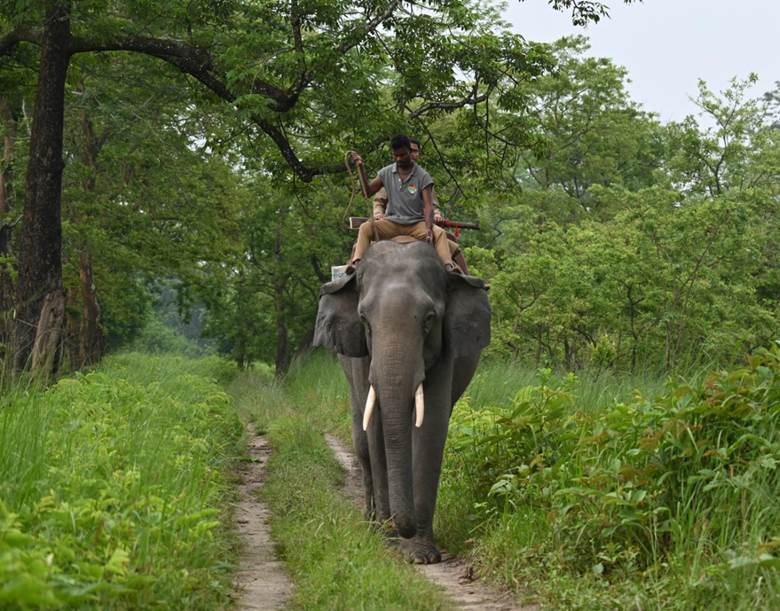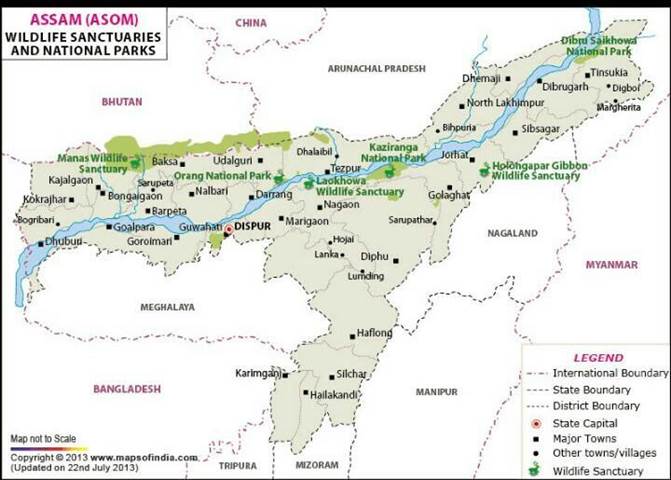Free Courses Sale ends Soon, Get It Now


Free Courses Sale ends Soon, Get It Now



Copyright infringement is not intended
Context:
What is an invasive species?
About KNP:

https://epaper.thehindu.com/Home/ShareArticle?OrgId=GI99V9E10.1&imageview=0
© 2024 iasgyan. All right reserved